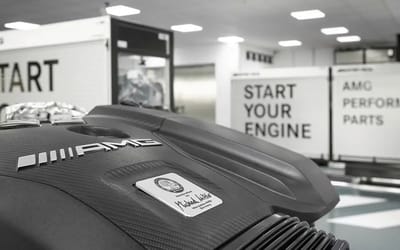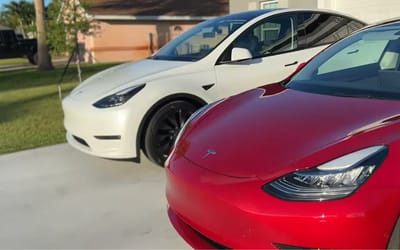Never-before-seen half-helicopter, half-airplane just completed its first flight
- The Airbus Racer hybrid aircraft certainly lives up to its name.
- The unprecedented aircraft is capable of a top speed of 401 km/h (249 mph)
- However, it has a 20 percent lower fuel burn than helicopters that fly around 80 km/h (50 mph) slower
Published on May 22, 2024 at 8:36 PM (UTC+4)
by Amelia Jean Hershman-Jones
Last updated on May 23, 2024 at 3:27 PM (UTC+4)
Edited by
Tom Wood
Is it a bird? No. Is it a plane? Well, kinda. This half helicopter and half plane by Airbus, called Racer, certainly lives up to its name.
The unprecedented aircraft is capable of a top speed of 401 km/h (249 mph) but has a 20 percent lower fuel burn than helicopters that fly around 80 km/h (50 mph) slower.
Its fuel burn per nautical mile at 180 knots (207.14 mph) eclipses a conventional helicopter at 130 knots (149.6 mph).
And with the Airbus Racer having just successfully taken its first flight in Marseille, France- it could be the future of helicopter travel.
READ MORE! The infrastructure required to support flying car travel
With both sustainability and speed, the experimental Airbus Racer seems to have it all.
The mixed-design Airbus Racer was first announced in 2017.
“The aim of the Racer is not to go as fast as possible,” said Racer and European research program manager at Airbus Helicopters, Julien Guitton.
“We wanted to offer enhanced operational capabilities at the right price for missions where speed can really be an asset.”
It’s all about finding the sweet spot.
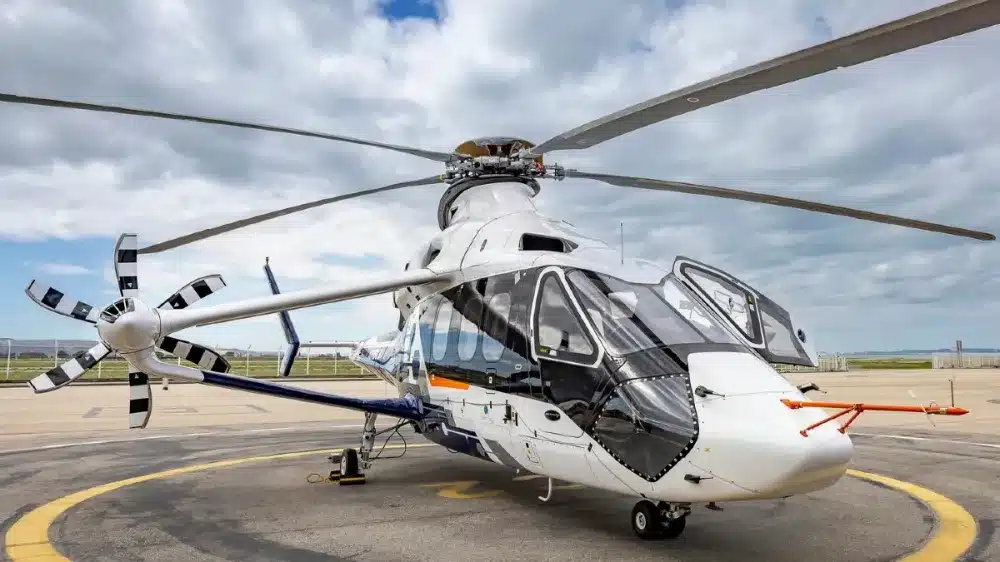
The Racer was launched as part of Europe’s Clean Sky 2 program.
40 partner companies from 13 European countries worked alongside Airbus on the project.
Its goal was to reduce fuel consumption by 20 percent.
It also wanted CO2 emissions, noise, and vibration to be lower when compared to a conventional helicopter of the same weight.
Its designers hoped that their ‘compound’ design would be the best way to achieve this.
Uniquely, the helicopter rotor, fixed wings, an aerodynamic fuselage, and rear-racing propellers were combined.
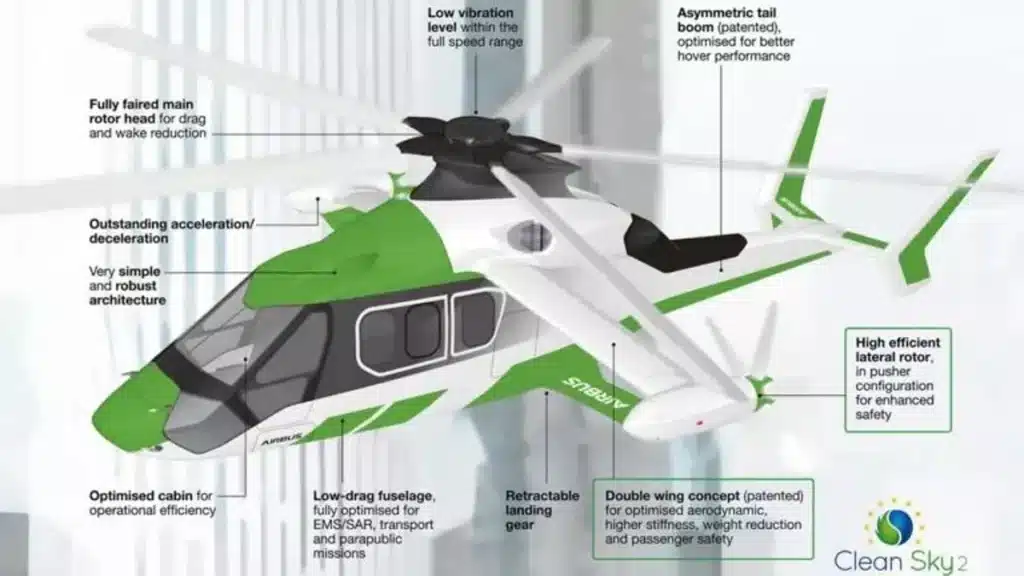
Hybrid propulsion via a custom engine management system and autopilot were also included.
The engine management system lifts propulsion to its most efficient speed and fuel burn output.
Meanwhile, autopilot coordinates the array of features to ensure optimal flight performance.
The aircraft went through multiple simulations, with its first flight tests taking place in April.
The prototype nailed the design’s performance and efficiency goals.
The Airbus Racer’s Safran Eco-Mode hybrid-electric system puts one of its two Aneto-1X engines on hold while the whirlybird is in cruise mode.
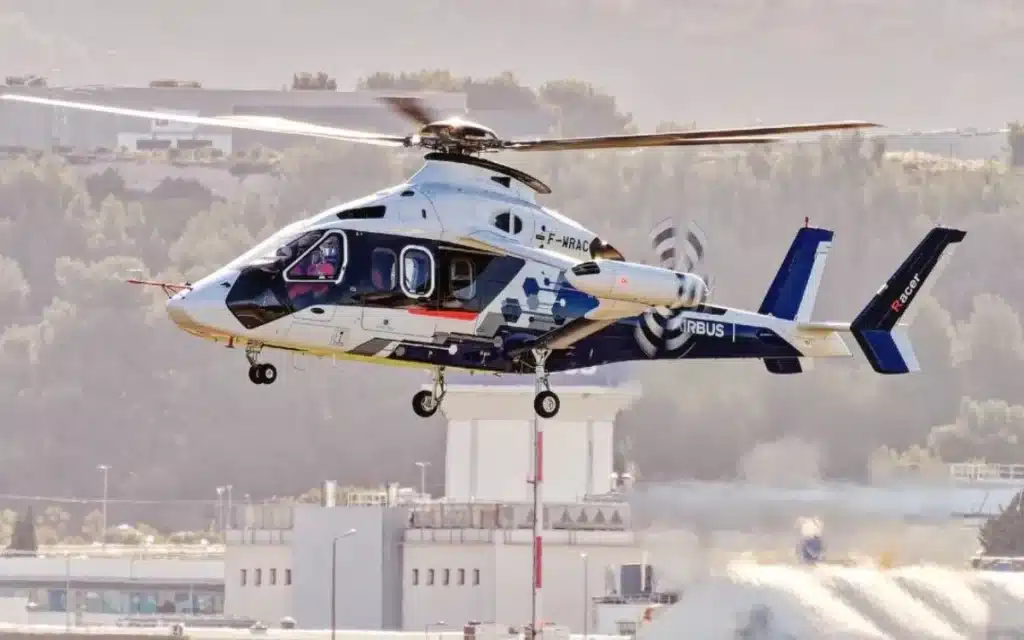
“It has the ability to restart it almost instantaneously if necessary,” says Guitton.
“The aircraft flies slightly slower than it would with both engines running, but it’s still faster than a conventional helicopter.”
Thanks to a unique flap on the trailing edge, the Airbus Racer’s wings are optimized for all phases of flight.
The wings take 40 percent of the load off the rotor to reduce vibration which, per its creators, makes it a far more comfortable ride than a helicopter.
In similar news, the Chinese EV brand, XPeng, claims it will sell flying cars very soon.
Its XPeng X2 can fly for 35 minutes on a single charge.
DISCOVER SBX CARS: The global premium car auction platform powered by Supercar Blondie

All Supercar Blondie contributors undergo editorial review and fact-checking to ensure accuracy and authority in automotive journalism. After gaining her BA Hons in French and English at the University of Nottingham, Amelia embarked on a vocational diploma from the National Council for the Training of Journalists (NCTJ). This led to numerous opportunities, from interning at Vogue to being on the small team that launched Women’s Health magazine in the UK, which was named the PPA Consumer magazine of the year for three years running. As Health, Beauty and Fitness editor, Amelia personally received a Johnson & Johnson Award and was shortlisted for both PPA and BSME titles. Since then, Amelia has created content for numerous titles and brands, including the Telegraph, 111 Skin, Waitrose, Red magazine, Stylist, and Elle, as well as being Head of Content at Vitality and Editor in Chief at INLondon magazine. “My superpower is translating technical jargon about the mechanical workings of a supercar into a relatable story you’ll want to share with your friends after you’ve read it.” After joining the SB Media family as a senior journalist in September of 2023, Amelia’s role has evolved to see her heading up the SEO output of the editorial team. From researching the most ‘Google-able’ key terms to producing evergreen content - it’s been a time of hard work, growth, and success for the editorial team and the Supercar Blondie website. “I like to think of myself as a ‘method journalist’. In other words: I live and breathe whatever I am writing about. When writing about fitness, I trained as a personal trainer, and as a beauty editor, I completed an ‘expert’ in scent diploma with the Fragrance Foundation. “During my tenure at Supercar Blondie, however, I did something I never thought possible: I passed my driving test at the age of 36. One day I’d love to train as a mechanic to better understand what happens under the hood, too. “My sweet spot is providing readers with a ‘takeaway’ (read: something new they didn’t know before) after reading every one of my stories. While I don’t claim to be an expert in the automotive world, I know the experts and bodies in the field to rely on to provide our readers with an informative and thought-provoking story every time they visit the site.”



